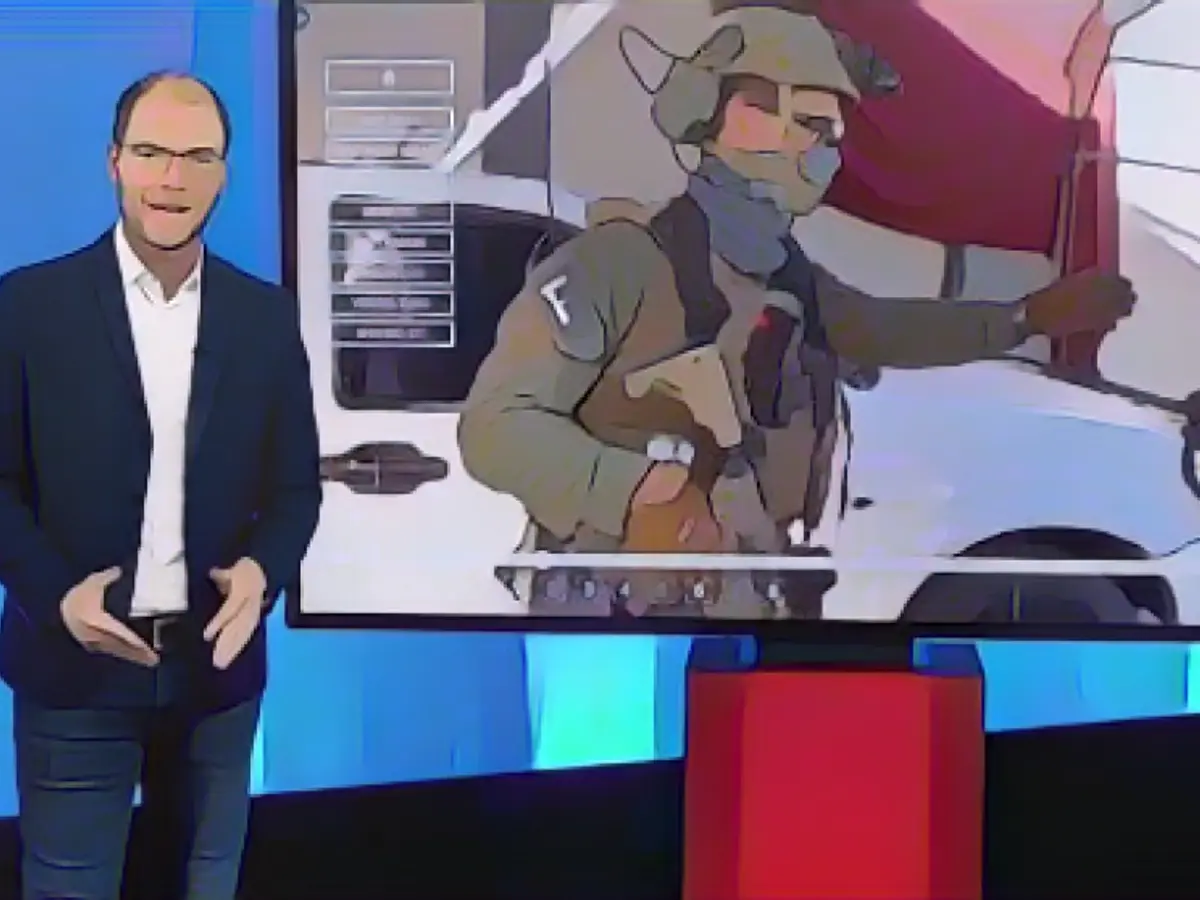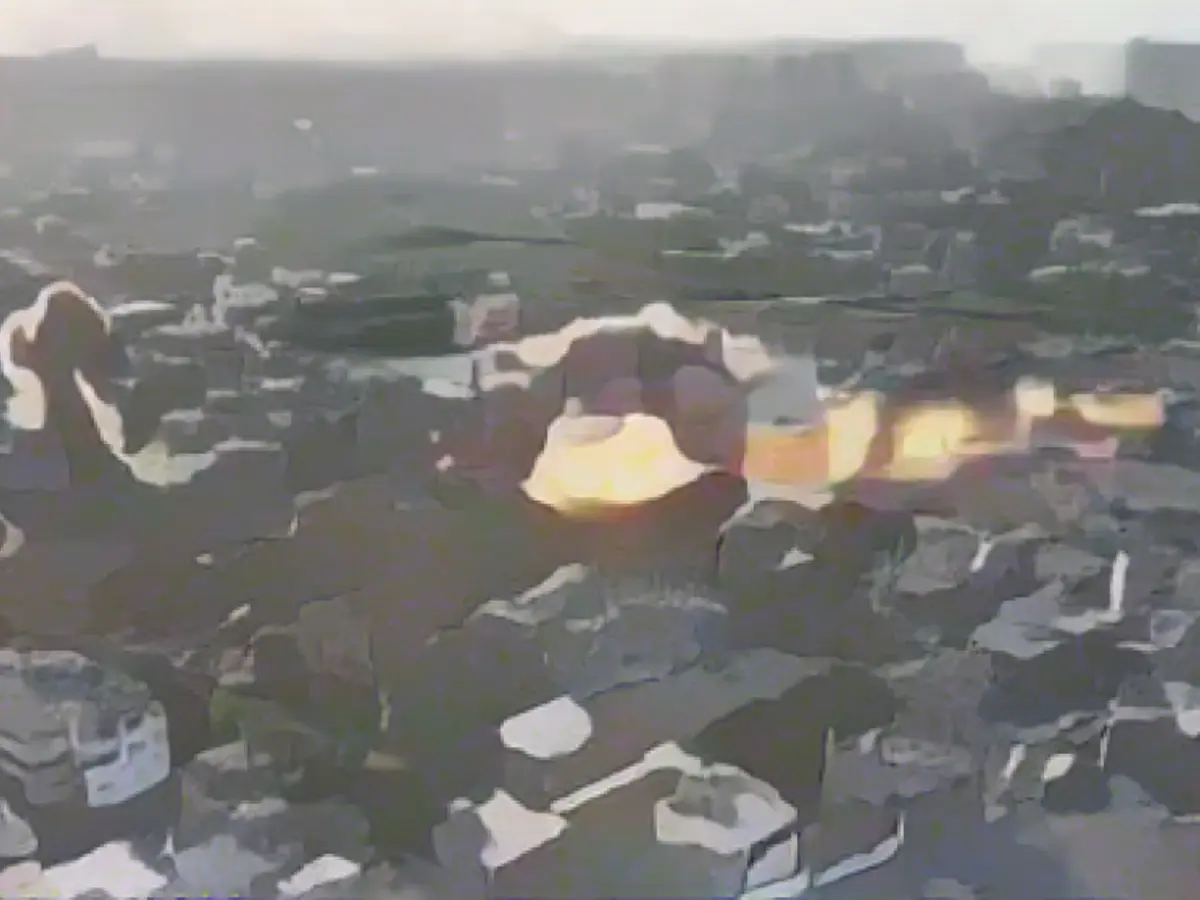Tackling Hamas' Underground Labyrinth
This time, the Israel Defense Forces (IDF) are pitted against a unique challenge – Hamas' sprawling subterranean network of tunnels!
After the disastrous October 7 events, the IDF launched a widespread ground offensive in the Gaza Strip. The primary peril within this operation: the hazards lurking within the extensive Hamas tunnel system.
Most estimations claim a total length of up to 500 kilometers, surpassing the entire Berlin subway's length by more than triple. The formidable task for the IDF is to neutralize these tunnels, ensuring they no longer pose a threat to their soldiers.
This is because: terrorists have hidden explosives and weapons within the network's kilometer-long tunnels. They continue to detonate after Israeli actions collapse these terror tunnels.
Within this tunnel system, there are narrow passages, bunkers for storing weapons and supplies, even entire command centers. Some tunnels are spacious enough for vehicles to travel through.
Camouflaged entrances, appearing as ordinary doors and hatches, allow Hamas terrorists to enter and exit these tunnels for their missions.
Recently, a Hamas vehicle loaded with explosives detonated nearby Al-Shifa hospital. The explosion transformed the hospital grounds, revealing a 10-meter-deep abyss beneath tiles – revealing a 55-meter-long terror tunnel!

Exact maps of the tunnel system's entirety are not available, which often leads the IDF to be surprised by explosions, triggered by Hamas booby-traps throughout the underground structure.
"The instant they (Hamas, editor's note) realize the Israelis have breached the tunnels, they will simply press the button, and the whole thing could collapse upon the Israelis," said Ahron Bregman, a senior teaching fellow at King's College London specializing in the Arab-Israeli conflict, in the New York Times.
To destroy the tunnels, Israeli troops in the Gaza Strip are tasked with locating entrances, often concealed in civilian buildings.
Although the Israeli army boasts superiority in terms of equipment and size, penetrating the tunnel networks remains a significant risk. "The moment you enter the tunnel, it's one against one," said Bregman. "There could be a terrorist behind every turn of the tunnel, striking from ambush."
The IDF also assumes that Hamas is currently holding over 200 hostages, which may be hidden in the tunnels.
One thing is certain: terrorists took some hostages directly to the al-Shifa hospital. Footage released on Sunday showed this.

Insights from Expert Analysis:
Dealing with Hamas' tunnel network poses significant challenges to the Israeli military. Their strategies and challenges include:
- Lack of Precise Intelligence
- Difficulty pinpointing targets, leading to extensive bombing operations that impact civilians and residential areas
- Complex Network
- Hamas has constructed a vast tunnel network, difficult to navigate, with an estimated 500 kilometers in length
- Adaptation by Hamas
- Hamas has adapted to Israeli tactics by improving tunnel infrastructure
- Use of Bunker-Buster Bombs
- Toxic gases released by bunker-buster bombs endanger civilians as well as operatives inside tunnels
- Collateral Damage
- Lack of precise intelligence leads to damage to Palestinian civilians and residential areas
- Military Strategy Adjustments
- Israeli military employs wider-area strikes to cope with the tunnel network complexity
- Coordination with U.S. Officials
- Expected civilian casualties make an appearance in the Israeli military's strategic decisions
- Withdrawal and Reinforcement
- Redeployment of Israeli forces to protect the Gaza perimeter is another strategic approach to the conflict
Sources:








